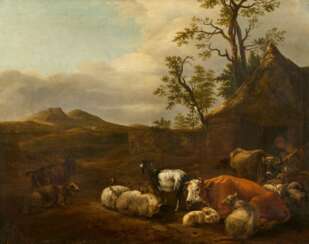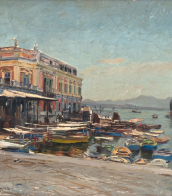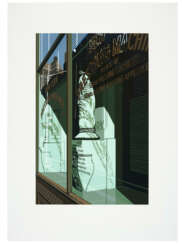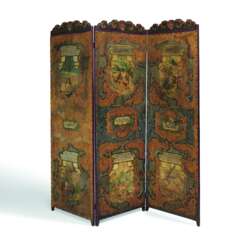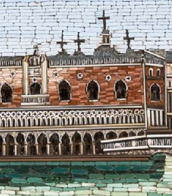lanscape
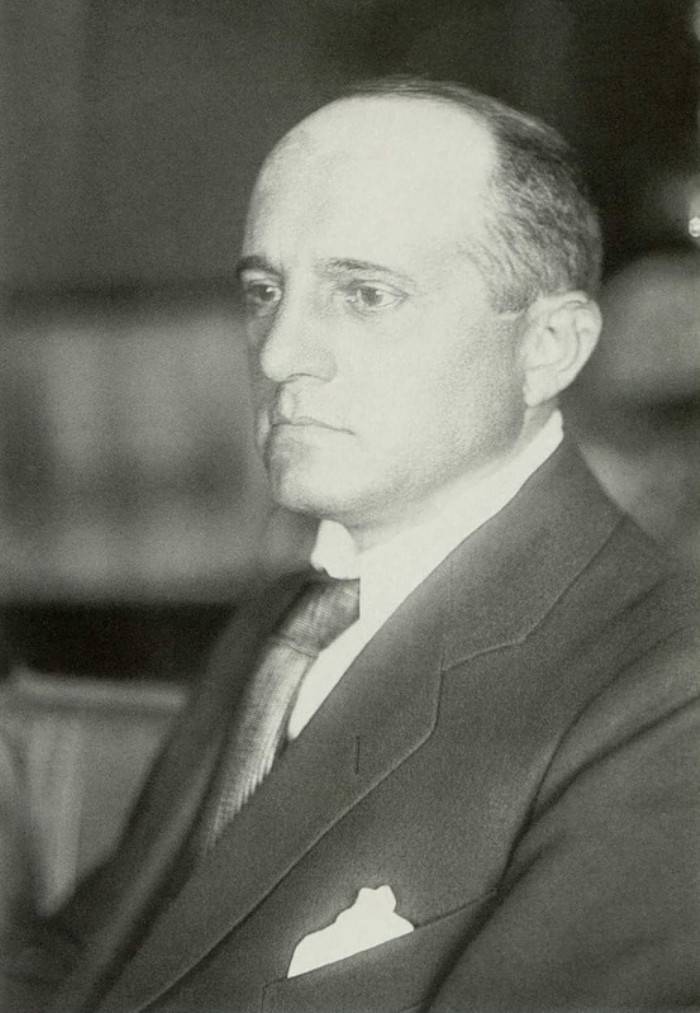
Stanislav Yulianovich Zhukovsky (Russian: Станислав Юлианович Жуковский) was a Polish-Russian painter, renowned for his contribution to the Impressionist movement and a member of Mir iskusstva. Born in 1873 in Yendrikhovtsy, Grodno Province, he showcased a remarkable journey from a student of Isaac Levitan at the Moscow School of Painting to becoming one of the most celebrated landscapists of his time. His works, deeply influenced by impressionistic methods and the Russian realist school, offered a vivid portrayal of Russian landscapes, pre-revolutionary sites, and the interiors of Russian estate houses.
Zhukovsky's art reflected a unique blend of realism and impressionism, capturing the subtle shifts in nature and the delicate nuances of light and color. His landscapes, often depicting the changing seasons and times of day, resonated with lyrical beauty and a sense of nostalgia for the old manor culture, making him a significant figure in the Silver Age of Russian culture. Despite his skepticism towards the Bolshevik revolution, which eventually led him to relocate to his ancestral homeland, Poland, in 1923, his legacy continued to flourish. His later years were marked by hardship, including his arrest and death in a prisoner transit camp during the German occupation of Poland in World War II.
Zhukovsky's artworks, such as "A Country House at Dusk in Winter" and "Interior With Samovar," are celebrated for their atmospheric depth and the masterful use of color and light, embodying the spirit of Russian impressionism. His influence extended beyond his canvases, as he mentored future luminaries like Liubov Popova and Vladimir Mayakovsky.
For collectors and experts in art and antiques, Zhukovsky's oeuvre represents a poignant exploration of the Russian landscape and cultural identity, rendered with a sensitive, impressionistic touch. His works, preserved in museums and private collections, continue to inspire and captivate audiences with their timeless beauty and emotional depth.
To stay informed about new discoveries, exhibitions, and auction events related to Stanislav Yulianovich Zhukovsky, sign up for updates. This subscription ensures that you won't miss the opportunity to engage with the legacy of this remarkable artist, whose work captures the essence of a pivotal era in Russian art history.


Alexander Max Koester was a German painter. He depicted coastal landscapes and still lifes with flowers. After the artist first presented one of his landscapes with a family of ducks in Berlin in 1899, he earned the nickname "Duck Koester." The "duck" paintings were extremely popular with art lovers.


Václav Jan Emanuel Radimský was a Czech landscape painter. He is considered one of the most important representatives of Czech impressionism in the late 19th and early 20th centuries. He studied painting at the academies of fine arts in Munich and Vienna.
Václav Radimský came to France in the early 1890s to study at the Barbizon School. In Giverny he joined a group of painters that also included Claude Monet and Camille Pissarro, who had an indelible influence on his painting style.
Václav Radimský is considered to be one of the first Czech painters to achieve artistic and commercial success in France and to gain great recognition in French society.


Paul Storr was an English goldsmith and silversmith working in the Neoclassical and other styles during the late 18th and early 19th centuries. His works range from simple tableware to magnificent sculptural pieces made for royalty.


Carl Ludwig Christoph Douzette, known as Louis Douzette, was a German landscape painter.

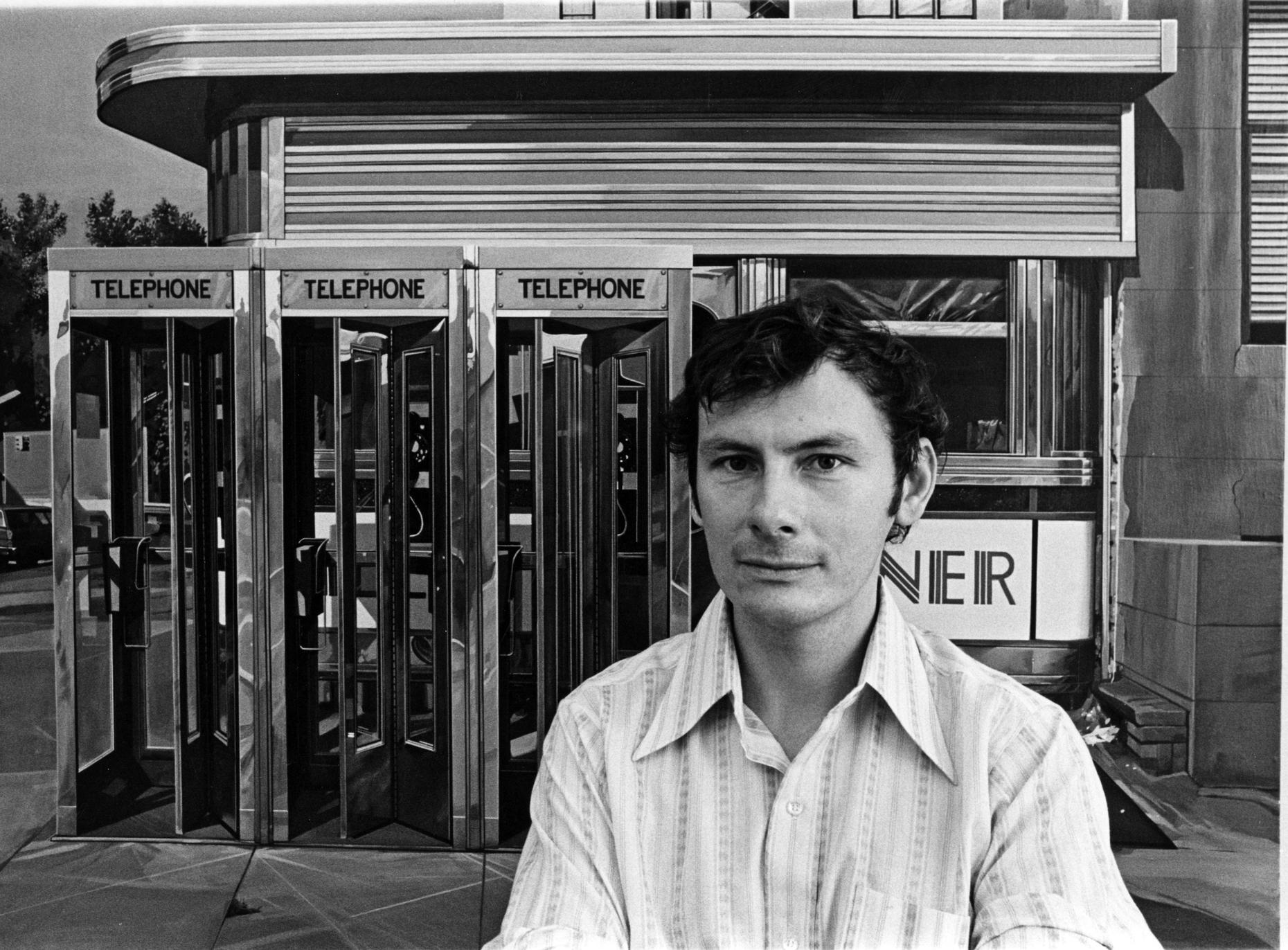
Richard Estes is an American artist, best known for his photorealist paintings. The paintings generally consist of reflective, clean, and inanimate city and geometric landscapes. He is regarded as one of the founders of the international photo-realist movement of the late 1960s, with such painters as John Baeder, Chuck Close, Robert Cottingham, Audrey Flack, Ralph Goings, and Duane Hanson.










